Water Funds
We should look to nature for solutions to the global water crisis.
New York City faced a challenge in the 1990s: the city needed a new water filtration system to serve its nearly 8 million people. But the prospect of spending $6-10 billion on a new water treatment plant, and another $100 million on annual operating costs, was daunting… so city officials took a closer look at the source of their water: the Catskill Mountains.
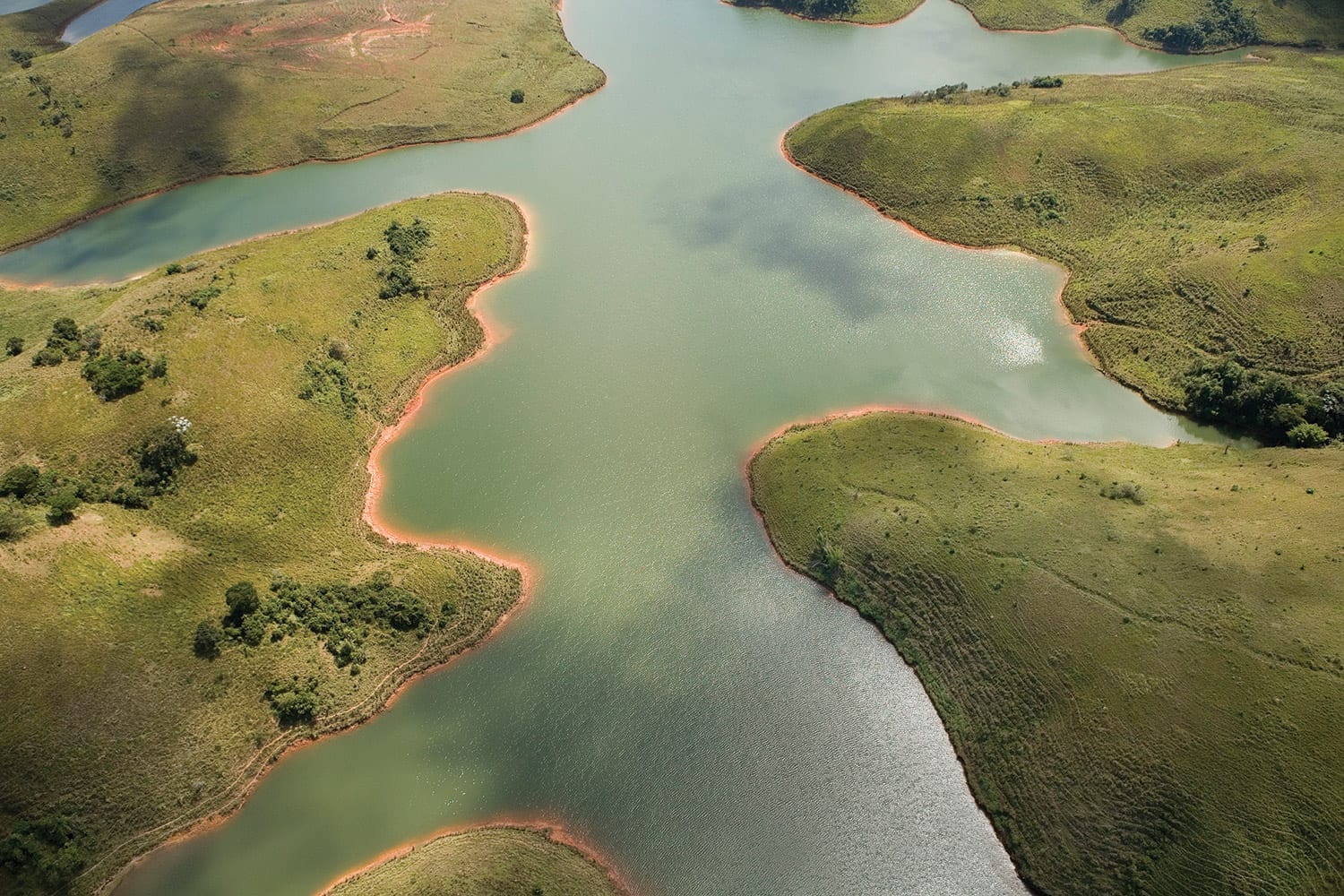
Water from the Catskills flows through 120 miles (193 kilometres) of forests, farmlands and towns to reach New York City. When that landscape is healthy, it acts as a natural purifying system, but certain development and agricultural practices can result in impaired water quality. For city officials, reaching out to local farmers and landowners and compensating them to restore and conserve their lands in the watershed, combined with some land acquisition, proved to be significantly cheaper than building and operating a new treatment plant.
Agriculture and industry – not domestic use – represents the vast majority of water consumption.
New York’s example showed the benefits of public-private partnerships in such situations, and demonstrated that unlocking nature-based solutions can be cheaper and more efficient and produce additional benefits compared to conventional built, “grey” infrastructure. This was the moment of inspiration for water funds.

Water funds are a collective investment vehicle in which stakeholders collaborate to implement nature-based source water protection. Downstream water users invest in upstream land and water management practices, compensating upstream land managers for restoration activities and better management of agricultural land. Rural landowners and communities can benefit economically from these investments as well. Mutual benefits are the hallmark of successful water funds.
Given that more than 40% of source watersheds worldwide have been degraded by development, resulting in impaired downstream flows, nature-based source water protection can be one of the most effective ways to improve water quality and quantity for urban areas. A study by The Nature Conservancy (TNC) estimated that four out of five cities could improve water quality using nature-based solutions, and potentially 1,000 cities globally would see a positive return on investment based on reductions in total utility expenditures. Furthermore, these solutions often deliver other forms of value, such as increased agricultural yields, improved community health and carbon sequestration.
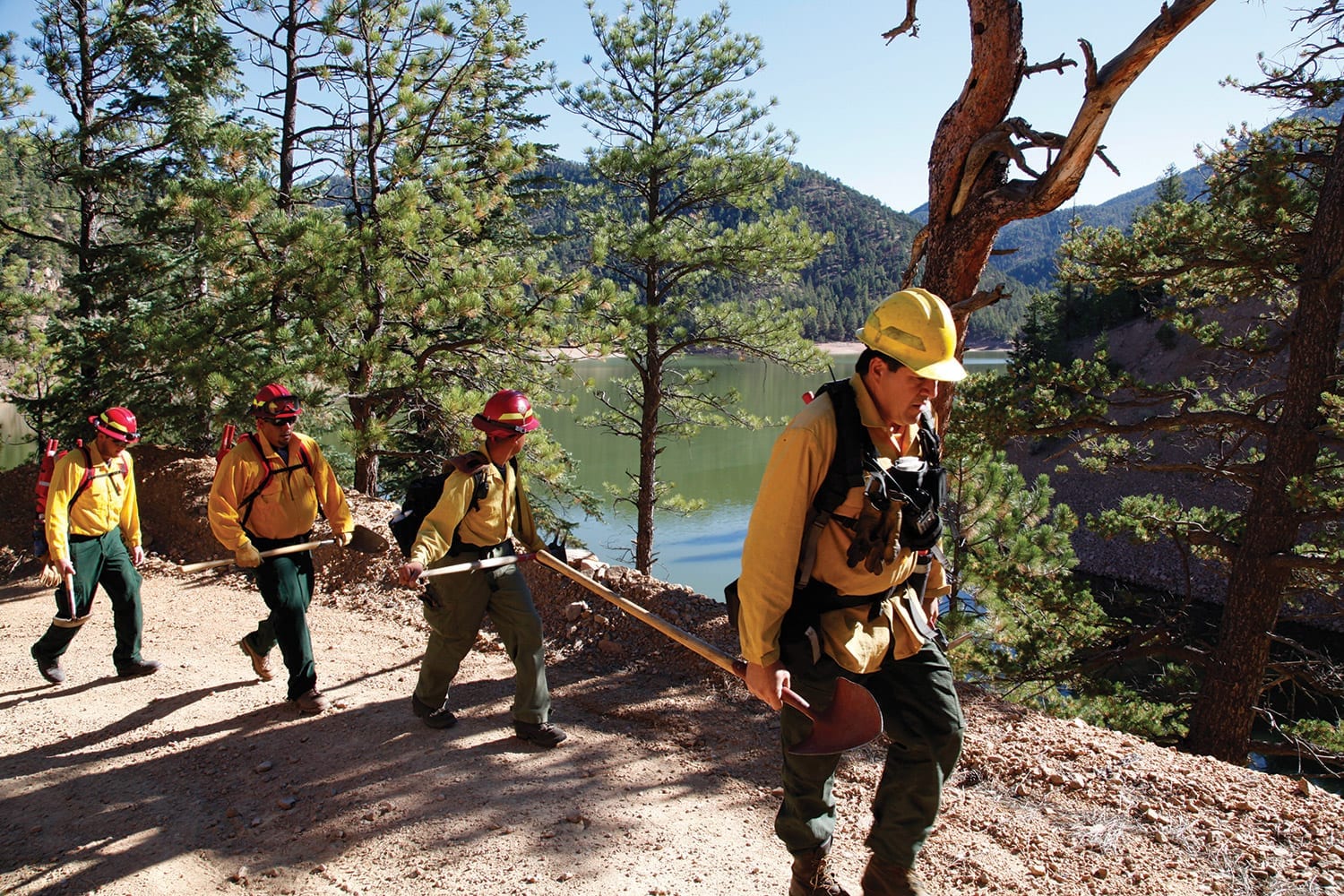
What are Water Funds?
A Water Fund is a framework that enables cities, communities and companies to invest in the management of the landscapes where their water is sourced; so that upstream forests and wetlands are protected to continue naturally cleaning and filtering water. Upstream communities can benefit from enhanced livelihoods and improvements to health and wellbeing whilst downstream communities experience improved water quality and, in many cases, fewer disruptions and shortages.
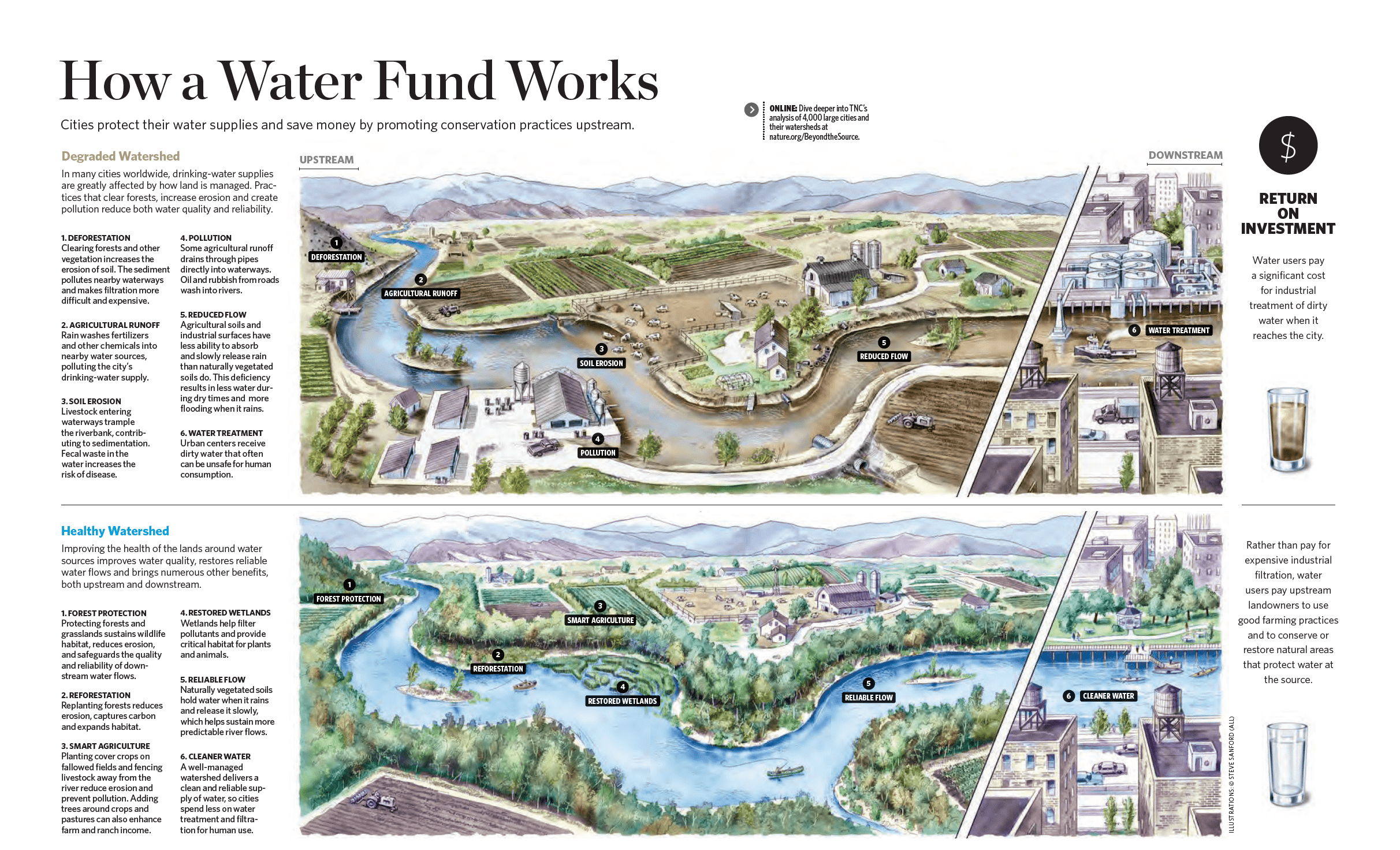
What is the Water Funds Toolbox?
The Water Funds Toolbox is a step-by-step online guide for developing a Water Fund. It features videos, testimonials, templates, tools, case studies and much more. The heart of the toolbox is the Water Fund Project Cycle, which outlines the five phases that take a Water Fund from feasibility through to maturity. Discover the Water Funds Toolbox: waterfundstoolbox.org
Today, 60% of Nairobi’s residents do not have access to a reliable water supply.
The future of water security
Since TNC launched its first water fund in Quito, Ecuador, in 2000, we’ve established 34 water funds around the world, with 30 more in development throughout Latin America, North America, Africa and Asia. But this is not enough. By 2025, at least two-thirds of the world’s population will likely be living in water-stressed areas. The question we face now is: how do we implement these solutions at the scale needed to truly make a dent in global water insecurity?
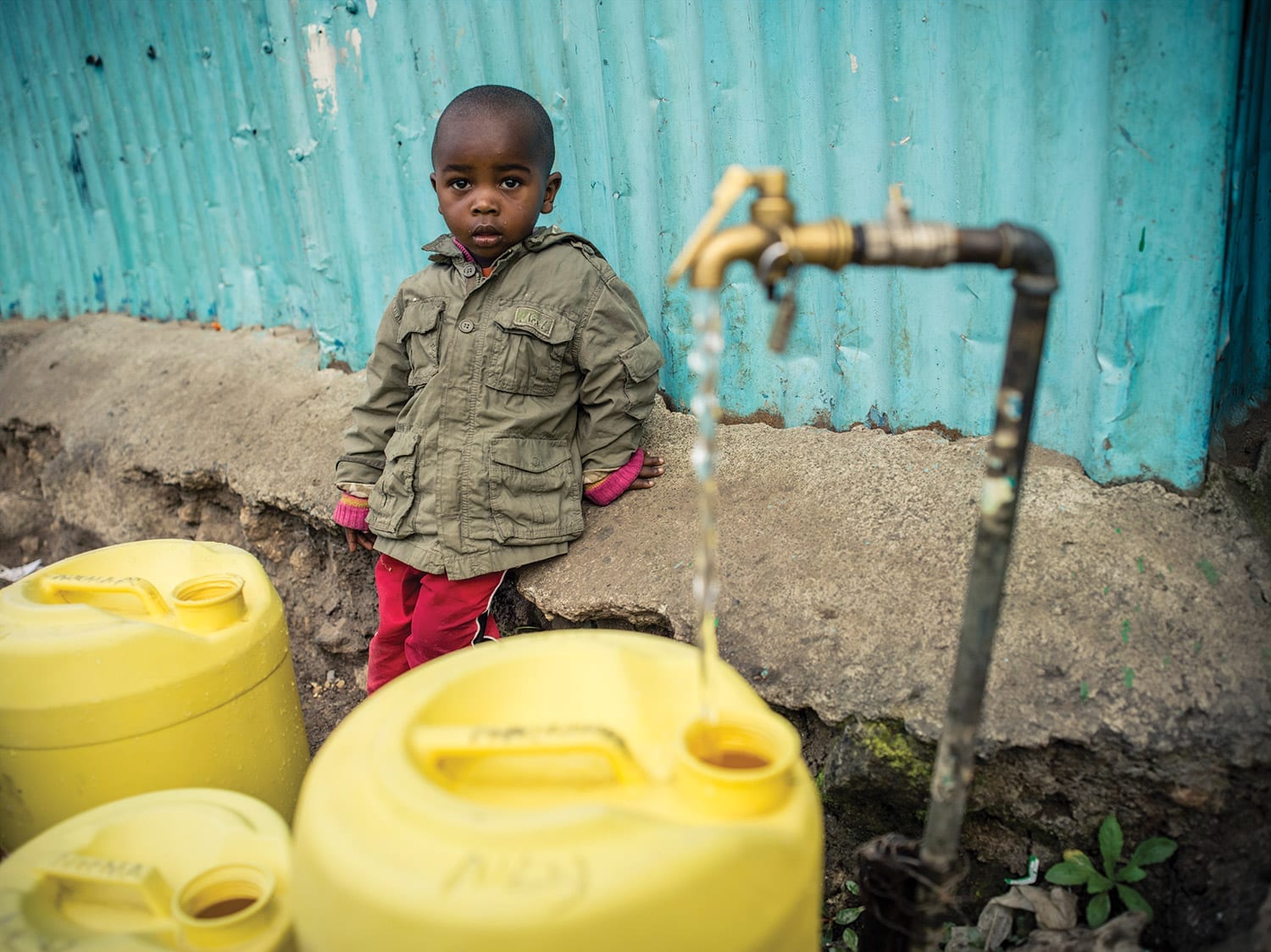
It’s not enough for TNC to keep developing water funds (though we will) – we also need more partners in the public and private sectors to invest in these practices.
Utilities are one of those key partners – especially companies such as Veolia and Suez, with an international presence. Veolia, for example, is exploring how changing agricultural practices and ecosystem enhancements can ensure a more sustainable water supply. Suez is incorporating wetland restoration into its practices to improve water quality and reduce operating costs. In addition, there are many examples of visionary local utilities actively investing in both green and grey infrastructure to deliver sustainable water to the communities and cities they serve.
Of course, it is agriculture and industry, not domestic use, that represents the vast majority of water consumption. Businesses with high water needs have an enormous interest in ensuring they have stable water supplies and can have an equally enormous impact on global water security. Consider the example of PepsiCo: all along its supply chain and production processes, PepsiCo depends on reliable water supplies and the company has established an integrated approach to watershed management, including partnerships with TNC to restore watersheds in Latin America and the United States.
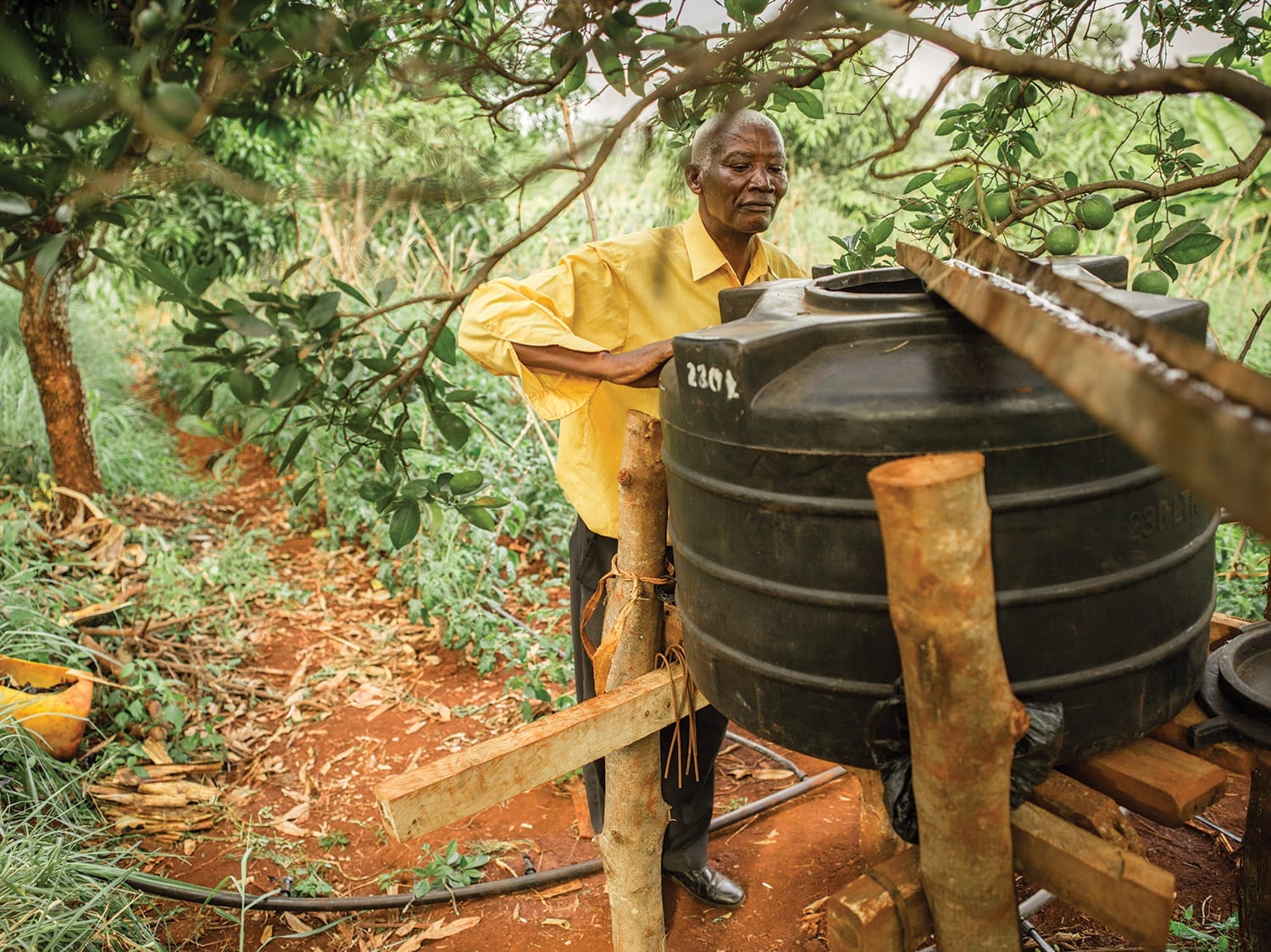
To date, more than 100 corporations have invested more than $38 million in water funds. Having more private-sector actors invest seriously in nature-based solutions – and having city and state regulators realize the benefits of these solutions and incorporate them into government oversight – can help us move the needle on these challenges. On top of that, we can protect ecosystems that deliver a range of other functions, including climate mitigation, increased agricultural yields and improved community health. This goes beyond providing clean water – it’s about making human development fundamentally more sustainable around the world.
Nature can deliver better water security for more than a billion people. It’s an ambitious goal – but with the right partnerships and stakeholders involved, we can have a measurable, positive influence on planetary health overall.
Water Funds in action – a story from Kenya
The Tana River supplies 95% of the water for Nairobi’s 4 million residents, and for another 5 million people living in the watershed. It also feeds one of Kenya’s most important agricultural areas and provides half of the country’s hydropower output. With Nairobi contributing 60% of the country’s GDP, the Tana River truly fuels Kenya’s economic growth.

Since the 1970s, forests on steep hillsides and areas of wetlands have been converted to agriculture, removing natural areas for storing runoff water and soil from the land. Now, as rain falls over farms, soils are washed down into the river, which reduces the productivity of farmland and sends sediment into the rivers. This increased sedimentation can choke water treatment and distribution facilities causing complete service disruptions for days or weeks at a time. Today, 60% of Nairobi’s residents do not have access to a reliable water supply.
This growing challenge requires something innovative to protect the Tana River, increase downstream water quality and quantity and provide positive benefits for tens of thousands of farmers in the watershed. Enter the Upper Tana-Nairobi Water Fund. Water funds are founded on the principle that it is cheaper to prevent water problems at the source than it is to address them further downstream. Public and private donors and major water consumers downstream contribute to the Fund to support upstream water and soil conservation measures, resulting in improved water quality and supply.
The Nairobi Water Fund builds on the Conservancy’s experience addressing similar issues in Latin America, where more than 30 water funds are either underway or in development. This fund is now the first of its kind in Africa and will serve as a model as leaders across the continent look for innovative ways to solve ever-increasing water challenges.